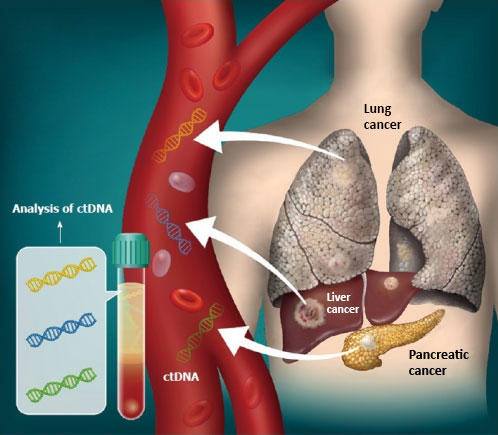Brazilian researchers have developed a ceramic clay that is lighter than that normally used in civil construction by adding algae from the Sargassum genus to the manufacturing process.
These brown algae, also known as sargassum, are common in the central Atlantic Ocean. However, they have been washing up in large quantities on beaches in the Caribbean, the United States, and northern Brazil, where they have become problematic. Their accumulation on beaches can harm human health due to the gases emitted during decomposition, as well as damage tourism, fishing, and local biodiversity.
"Normally, sargassum is collected and disposed of in landfills without any practical use. That's why we decided to research a way to take advantage of this large amount of biomass on the beaches," says João Adriano Rossignolo , a professor at the Department of Biosystems Engineering at the School of Animal Science and Food Engineering of the University of São Paulo (FZEA-USP) who coordinated the study.
In partnership with researchers from the Federal University of São Carlos (UFSCar), the USP group tested using algae in the manufacture of ceramic clays, used in construction to reduce the weight of concrete, in slabs to improve thermal comfort, and in gardening. The research was supported by FAPESP .
Sargassum was incorporated into the samples at proportions of 20% and 40%, as well as 0% for comparison. The samples were molded and sintered – a process that compacts clay using heat to make it solid – at temperatures of 800 °C, 900 °C, and 1,000 °C in conventional and microwave ovens.
Once the materials were ready, several tests were performed to evaluate factors such as water absorption, porosity, and compressive strength. Additionally, a comparison was made between the life cycle of conventional expanded clay and the different formulations with added sargassum, a methodology that assesses the environmental impacts of a product from raw material extraction to final disposal.
The results, published in the Journal of Materials in Civil Engineering, indicate that adding sargassum reduced the apparent density of lightweight ceramic clay aggregates, particularly at a concentration of 40%. However, only materials sintered in a microwave oven met the strength requirements at all temperatures. In terms of life cycle, the versions with sargassum performed better environmentally than conventional expanded clay.
This led the researchers to conclude that lightweight ceramic clay aggregates with microwave-sintered sargassum are a viable alternative to mitigate the damage caused by the large amount of algae on the coast. This alternative reduces the consumption of natural resources and increases energy efficiency.
In addition to this work, the team evaluated the feasibility of using algae to produce particulate panels for the furniture and construction industries, as well as fiber cement tiles. They used sargassum ash as a substitute for limestone. "The results were surprising, as we were able to use 30% sargassum in the panels and replace 100% of the limestone with its ash, with results that fully comply with current standards for these products and improve the durability and mechanical properties of the materials," says Rossignolo.
About São Paulo Research Foundation (FAPESP)
The São Paulo Research Foundation (FAPESP) is a public institution with the mission of supporting scientific research in all fields of knowledge by awarding scholarships, fellowships and grants to investigators linked with higher education and research institutions in the State of São Paulo, Brazil. FAPESP is aware that the very best research can only be done by working with the best researchers internationally. Therefore, it has established partnerships with funding agencies, higher education, private companies, and research organizations in other countries known for the quality of their research and has been encouraging scientists funded by its grants to further develop their international collaboration. You can learn more about FAPESP at www.fapesp.br/en and visit FAPESP news agency at www.agencia.fapesp.br/en to keep updated with the latest scientific breakthroughs FAPESP helps achieve through its many programs, awards and research centers. You may also subscribe to FAPESP news agency at http://agencia.fapesp.br/subscribe.






